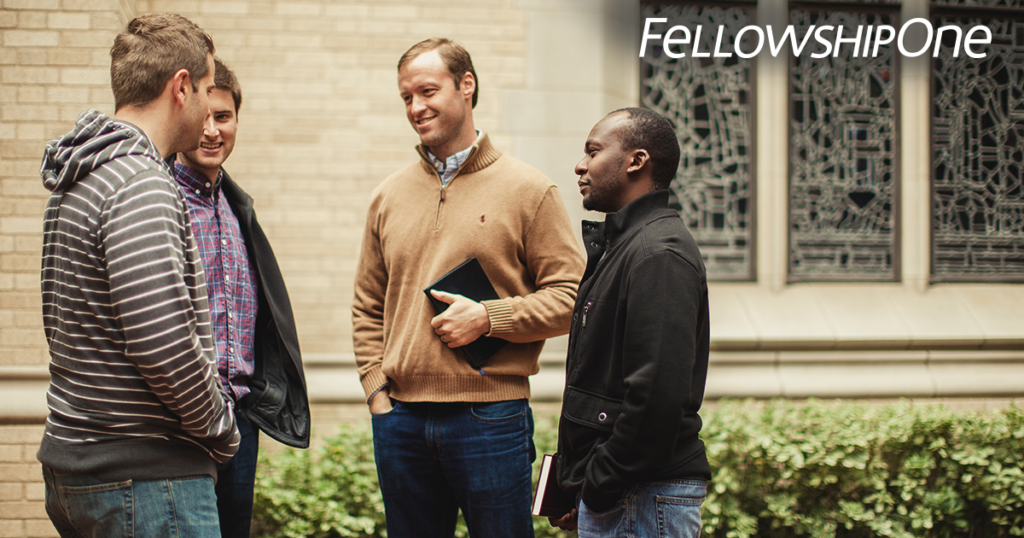
Whether you’re expecting 50 or 5,000 guests on Easter, having a well thought out plan is essential. Studies show that organizations focused on creating a plan are 2X as likely to succeed in their efforts. While every church is unique in their approach to planning, it’s important to know the quality of the plan can significantly impact the success of the event.
By applying a few best practices, you’ll refine your current efforts and create a plan that makes new guests feel welcome, and active members feel appreciated. On top of that, you’ll be less stressed and better organized, leaving you more time to celebrate and worship on Easter.
#1: Choose your communication tools and planning committee
Get started by choosing people for the planning committee (even if you’re recruiting volunteers later to fill a few spots). Create a schedule of meeting times and topics of discussion. During this stage, you should also look at your church management system to make sure you’re utilizing tools that help you communicate and capture data. Features that collect contact information or merges donors into one if a duplicate individual is created, keep you organized.
#2: Draft a plan of action
Once you’ve selected your committee, it’s time to draft a plan of action. You can write this in advance (or at least most of it) and then present it to the group, or you can have them help you draft it during a kickoff meeting. Either way, openly discuss the plan and thoughtfully incorporate suggestions that will help your Easter service run smoothly.
Here are a few areas to focus on when drafting your plan:
- Budgeting
- Logistics (like where to put additional seating)
- Choosing communication tools to spread the word (such as email and social media)
- Recruiting volunteers
- Setting workflows for the weeks leading up to Easter
- Writing out a schedule for after the Easter celebration (include everything from setting up to breaking down)
- Organizing calendars and workflows in your ChMS
Remember, many of the best plans aren’t set in stone. Adjustments can be made, and you shouldn’t be afraid to pivot when it makes sense. Your plan should continue to evolve as you identify hurdles, problem-solve, and apply solutions.
#3: Prepare for an increase in engagement and generosity
More Americans search online for the word “church” when Easter nears, and this makes sense. With 37% of people attending church weekly, and roughly 60% planning to attend on Easter, you’ll have A LOT of new faces looking for a place of worship online. Make sure your website is current and has your Easter agenda visible, so visitors know exactly what to expect. Equip people to give on your website as well as register and pay for events.
If you don’t have a church app yet, consider adding MinistryOne to your account. You’ll get to enjoy new features like child check-in, simple sign-on, and consolidated giving history. Plus, you’ll access push notifications, media, and other tools that help you connect beyond the church walls.
#4: Thank everyone for participating (and invite them back)
While people don’t attend and give to the church on Easter to be thanked, showing gratitude for contributions and participation goes a long way. When you send quality and heartfelt thank-you notes, 41% of people are more likely to donate or attend a service again.
Check out our FREE Easter Essentials Resource Pack for more helpful resources! Not a FellowshipOne customer yet? Take a free demo to learn more about our features and tools.




